|
Traction and momentum are things that marketers talk about in terms of their campaigns. It relates to the amount of effort that needs to be put in to get results from a marketing campaign and how, once traction has been gained, momentum can be achieved. In terms of money spent, this usually means a lot of it is at the beginning of the campaign, but once traction has been achieved, a lot less has to be spent to maintain momentum.  Let me use an analogy. If you put your child on a swing (assuming you have a child – if you haven’t, you’re a writer, use your imagination) and do nothing, then the swing will just hang there and the child will get no enjoyment from being on the swing. So, you need to apply some effort to get the swing moving so that the child can enjoy the experience. Depending on the size of the child and your own strength, you may have to put in quite a lot of effort to get the swing moving. However, once the swing is moving, all you have to do is step in from time to time to give it another shove to keep it moving. That is what it is like marketing a book. 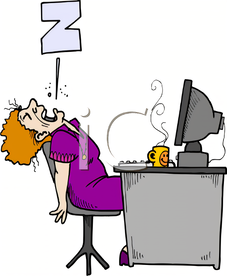 Newton's 1st Law of Motion - an object at rest will remain at rest. Newton's 1st Law of Motion - an object at rest will remain at rest. If you just upload your book to your distribution platform (I’ll use KDP and Amazon for the sake of ease) then it’s like putting the child on the swing. Nothing will happen unless you make it happen. Yes, Newton’s first law of motion applies even to book marketing – an object at rest will remain at rest. So, once your book has been published, you have to provide the outside force that acts on it to take it from a state of rest to a state of motion and get sales moving. If you are an unknown author publishing your first book, you will have to put in a lot of effort. If you are an established author with a loyal readership, you won’t have to do quite so much – but you still can’t do nothing. Even loyal readers need to know that you have a new book out. But the amount of effort you put in will eventually pay off. You will make sales. The sales will put your book higher up the sales ranks, so Amazon will help you by steering readers towards your book because that will make Amazon more money, and your readers will help you by leaving reviews of your book.  But you can’t back off entirely. Once your new readers have bought your book, they aren’t going to buy it again. This means that your book will start to slide down the sales rankings, the automated systems will pay it less attention and you won’t make so many sales. So, you have to step in and give your swing another push, just to get things moving again. Social media marketing has a part to play in this, but it is never going to provide you with the big push you need to get up the sales rankings. It will sell you the occasional copy, which is the equivalent of the swing just about moving back and forward. Let’s face it, that wouldn’t be very exciting for your child and, in terms of books sales, it isn’t going to be very exciting for you. So, you need to find some way to give the book a bigger push. 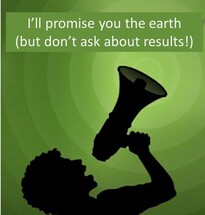 On the internet there is no shortage of people willing to make you lavish promises of results in exchange for your hard earned money. Some people do find success with those book promoters, but I think that it’s true to say that the majority don’t or, at least, they don't get the level of success they had hoped for and which will return a decent profit. Most of the internet companies are using social media to promote their customers’ books and are just doing what you could do for yourself, but on a larger scale, eg more Tweets (are they X’s now?), more Facebook posts, more Instagram posts etc. Again, they may get you a few sales, but they aren’t going to get you to the heights that will get you excited. But there is one tried and tested method to stimulate books sales and we have blogged a lot about it over recent weeks. Amazon Ads do produce results. 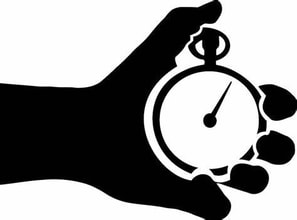 The problem with Amazon Ads, however, is that they take time to work. It seems to take an eternity to build traction and get your sales moving. Many Indie authors place an ad for a week or a fortnight, find the results disappointing and halt the ad. Instead, they look for the on-line book promoters who promise instant results, then get very disappointed when they find that they are spending larger sums of money but getting very indifferent outcomes. So, why does it take so long for Amazon Ads produce results? 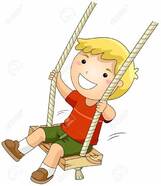 I’ll return to my child on a swing analogy, but this time imagine you are on the one on the swing, with no one to push you. By moving your body the right way, you can get some motion, because you are putting energy in and that energy has to go somewhere. But you need to keep putting in energy to get you moving faster and higher. If you stop putting in energy, the swing will slow down and stop. To start with, you have buyer resistance. Advertisers maintain that an advertising message has to be seen 7 times before some buyers respond to it. This is why you will see the same ads on TV several times in a night and several more times over successive nights. The marketers are trying to get those 7 viewings in quickly, so the ad starts to pay back through increased sales. 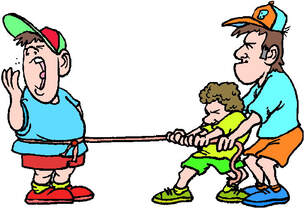 Think about that for moment. Let’s say that Mr X, a reader, goes on Amazon to find a new book. He does a search for the sorts of books he likes to read, and he is presented with a list of results. If you have paid for an advert, then your book will be one of the ones he sees. It’s called an impression and you don’t have to pay for it. However, Mr X has never heard of you, so he scrolls down to the next result, which may be a book by an author he has heard of. He buys their book instead of yours. But Mr X has a limited amount of free time, so it takes him about a week to read the book before he goes back to Amazon to buy his next one. He sees your ad again, but again he scrolls by, looking for a more familiar name. This happens maybe four or five times over the space of four or five weeks, but Mr X then realises that he does know your name now, because it has become familiar through repeated impressions, so this time he might click on your ad. Now, if you pulled your ad after week 2, you could never get that click from Mr X at week 6 or 7.  The ad system analyses Mr X's clicks. The ad system analyses Mr X's clicks. So, this is the first time you have had to pay, and it is also the first time that Mr X is seriously considering buying your book. He may buy it this time, or he may not. A lot will depend on the blurb for the book and the sample he may read. But he will remember your name now, so every time he sees your ad, you have a chance of him buying the book. But, because Mr X has clicked on the ad for your book, the ad system now knows that he might be the sort of reader who will be interested in your book. So, the system analyses the ad clicks that Mr X has made in the past, looks to see who else has clicked on the same books and shows your ad to them, even though they may not have used the same search words as Mr X. You can see this system in action on Amazon, because they show you “People who viewed this item also viewed ….” And “People who bought item this also bought…”  Someone taking a risk on your book. Someone taking a risk on your book. This means more people are now going to see your ad and every time one of them clicks on it, the ad system learns a little bit more and directs your ad to more new people. More new potential readers means more potential clicks and more potential sales. But you still need that first sale, because if your book is low down the sales rankings, it discourages some readers. So, you need to find a reader who is prepared to take a chance on your book without looking at the sales rankings. And they do exist. We know they do exist, because that’s how our authors all sold the first copy of their book. We paid for the advertising, of course, but someone took a chance on them. And someone, somewhere, will take a chance on you – but only if they see the ad for your book often enough. The same applies to reviews. Some people will only buy books if they have reviews, so you need some of those to be posted, which needs sales too (please do not pay for reviews. Amazon is able to spot them and will remove them, so you will only be wasting your money.) So, the graphic below illustrates the process by which ad clicks get turned into sales, which creates traction and leads to more sales, which creates momentum. But, as I said above, the system needs a shove from time to time to keep things moving, so you will need to keep advertising, if only at periodic intervals. You can tell by your sales figures when that should be. If you were making 5 sales a day consistently and that starts to drop to 4, then 3 then 2 etc, it’s probably times to liven things up again with another ad campaign.  Blog Reader: “But it takes so long, and I have to spend so much money.” Yes, but if you are using the system correctly you will get that money back when you gain traction. If you put nothing in, you get nothing out. Remember Newton – an object at rest will remain at rest unless an outside force is applied. You have to be the outside force! And at least you know where your money is going and you are in control, unlike with those on-line marketing companies that promise so much but deliver so little. 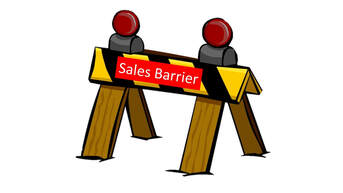 It took you weeks, months, maybe even years to write your book. It can hardly come as a surprise that it could take weeks or even months to get some sales, gain traction and build momentum. And, if you haven’t made any sales after say, 3 months, then it might be worth considering why that may be. Because advertising can only sell a book that the reader wants to read, so if they don’t want to read your book, there has to be a reason and you know the fault can’t be in the advertising, so it has to be in the product. If you have enjoyed this blog, or found it informative, then make sure you don’t miss future editions. Just click on the button below to sign up for our newsletter. We’ll even send you a free ebook for doing so.
0 Comments
Leave a Reply. |
AuthorThis blog is compiled and curated by the Selfishgenie publishing team. Archives
June 2025
|
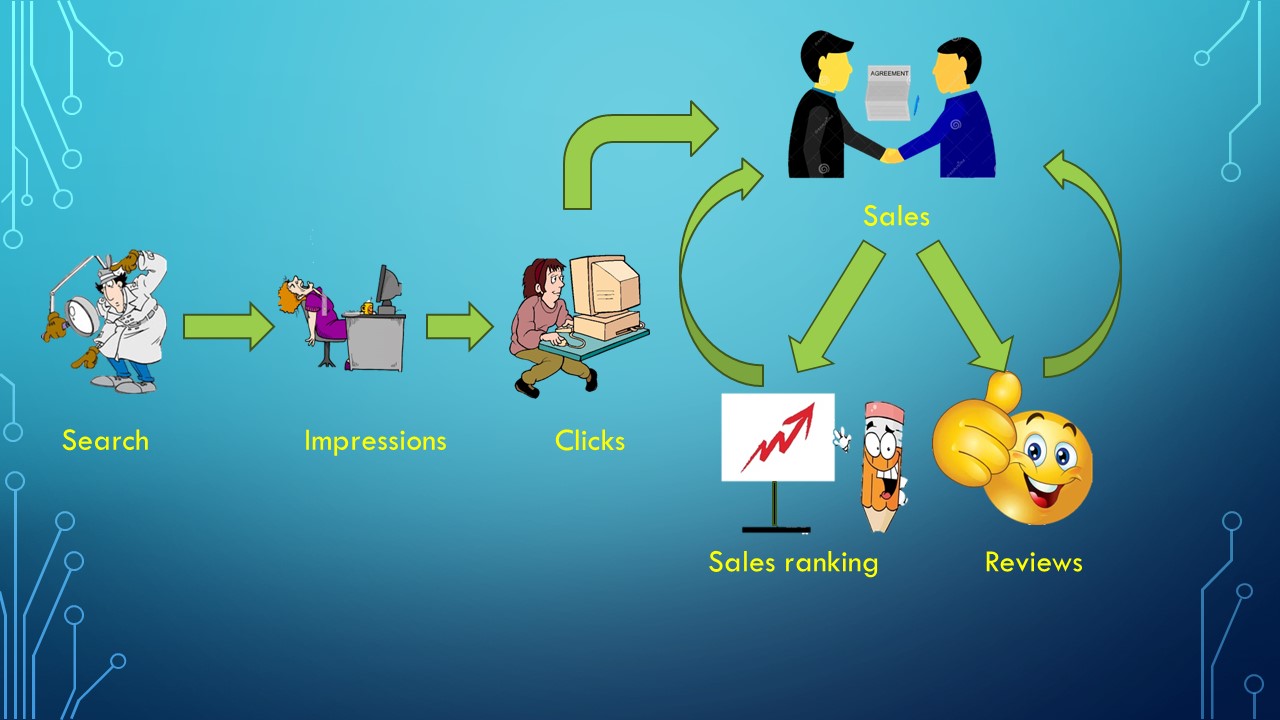
 RSS Feed
RSS Feed